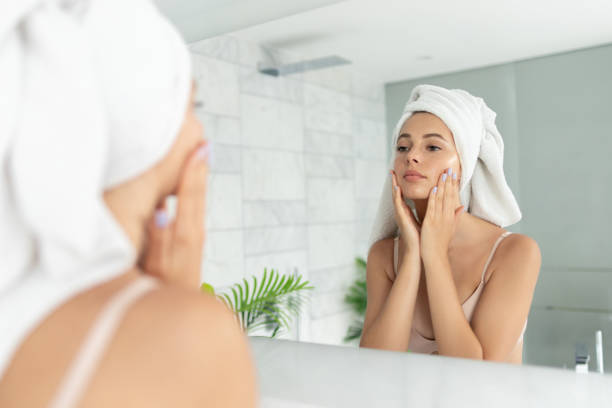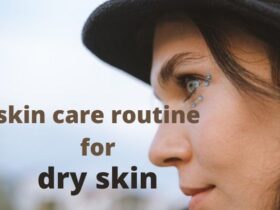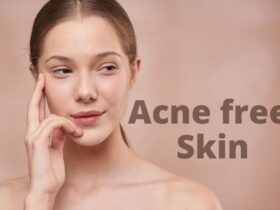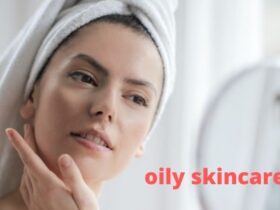How To Build A Skin Care Routine. Whether you have a three- or nine-step routine, one thing anyone can do to improve their skincare, is to apply sequential products. No matter what concerns your skin, you’ll want to start with a clean, toned base, then during the day, of course, moisturized and applied active ingredients, concentrated by SPF, and finished. Here are the steps to a good skincare regimen:
How To Build A Skin Care Routine:
1) Wash Your Face
In the morning and at night, rinse your face with water and rub a small amount of gentle cleanser between clean palms. Massage Face Wash your face all using gentle pressure. Rinse your hands and rinse your face until you have removed the cleanser and soot and massage your face with water. If you are wearing makeup, you need to cleanse twice a night. First, remove your makeup with oil or micellar water purifier. Try leaving a dedicated eye-makeup removers on for a minute or two to allow makeup to occur more easily and avoid rubbing your eyes. A full face decent pure pursuit.
2) Apply Toner
Add a few drops of toner to the palms or cotton pads and gently swipe over your face. Exfoliating-means if it is your toner to remove dead skin cells from ingredients just like night use glycolic acid. Hydrating formulas can be used twice a day. See about Facial Creams.
3) Apply The Liquid
Morning antioxidants, like a lightened vitamin C liquid because it’s a great time to use a liquid you’ll find throughout the day to protect your skin from free radicals. The crucial moment in this fight is a great time to use a moisturizing liquid of hyaluronic acid, which keeps your skin from drying out at night, especially if you’re using anti-aging or acne treatments that can soothe and dry out the skin. Serums can contain exfoliants such as alpha-hydroxy acids (LEA) or lactic acid. Whatever you are using, always remember: water-based serums should go down moisturizer; Oil-based serums should be applied after moisturizer.
4) Apply Eye Cream
You can apply a regular moisturizer to your inner eye area, but if you decide to use a special eye cream, you’ll usually want to moisturize the bottom, since it seems to be smaller than the level eye creams face moisturizers. Try using an eye cream to treat a specific part of the body with a metal fluff-ball and store it in the fridge to resist puffiness in the morning. Making use of a hydrating eye cream at night can cause the eyes to look fluid in the morning.
Read Also | 10 Best Budget Eyeshadow Palettes For Women
5) Use Spot Treatment
It is a good idea to use acne spot treatment at night when your body is in repair mode. Beware of layering which can cause irritation of acne-fighting ingredients, such as salicylic acids with benzoyl solution or retinol. Instead, make sure you do the most to keep the skin calm and hydrated.
6) Moisturize
Moisturizer hydrates both skin and hair in all other layers of the product you have applied. Ideal with SPF 30 or higher, look for a mild lotion in the morning. In the evening, you can use a thick night cream. For dry skin you can use a cream morning and night.
7) Apply The Retinoid
Retinoids (vitamin A derivatives including retinol) can reduce dark spots, volume, and fine lines by increasing skin-cell turnover, but they can also be irritating, especially for sensitive skin. If you are using retinoids I know they break down under the sun, so they should not be used only at night.
8) Apply Face Oil
If you use a face oil, be sure to apply it after your other skin care products since nothing else will be able to penetrate the oil.
9) Apply The Sunscreen
This may be the final step, but almost any dermatologist informs you that sun protection is the most important part of any skin care regimen. Your moisturizer may not be SPF, however you need to relate the wear. For chemical sunscreens, wait 20 minutes before the effective relationship goes out. See broad spectrum SPF, meaning your relationship protects both UVA and UVB radiation.
Read Also | 10 Best Makeup Brands For Every Women




